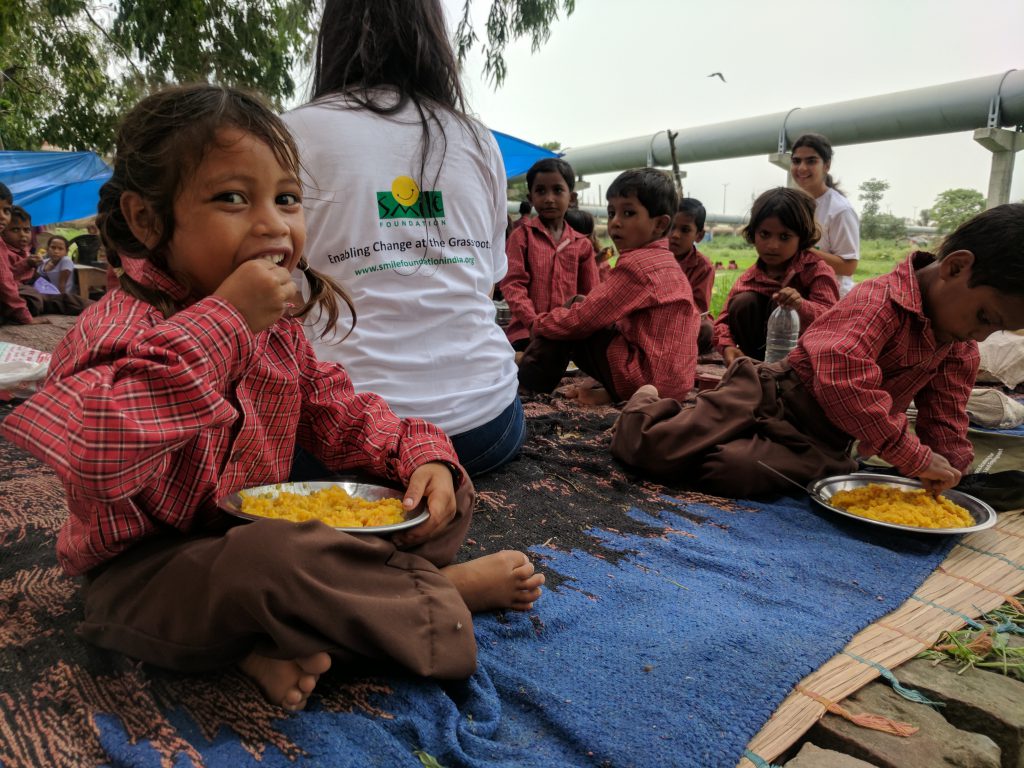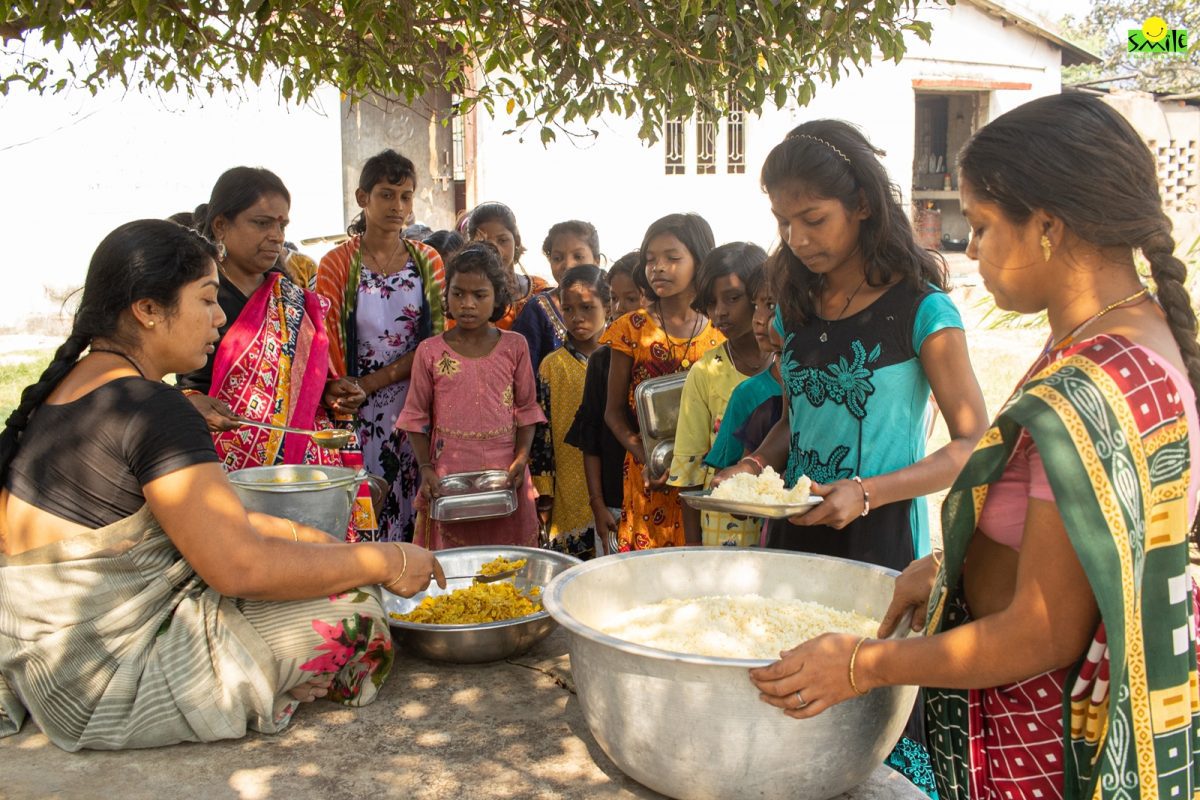What does your food intake in a day look like? Does it include a healthy mix of proteins, carbohydrates, fats, and other important nutrients? We seldom think about these aspects of what’s on our plate on a day-to-day basis.
For a fitness enthusiast or a person with needs of special dietary care because of certain underlying issues, it might be different. Ask someone who is lactose intolerant or suffers from an auto-immune disease that makes protein digestion a challenge, and they will tell you how minutely they have to monitor what they are eating. Then
Over the years, it has been observed that rich nations and people within India who come from an affluent section are making healthier food choices because of the increasing awareness of the link between diet and chronic illnesses. This trend has been on a rapid rise, especially since the COVID-19 pandemic as it alerted everyone to the need to maintain a healthy body and mind. But are we in a position where we can say, “There is healthy food affordable for the poor populations of India.”?
The Nutrition Gap in India
In May 2024, the National Institute of Nutrition (NIN) under the Indian Council of Medical Research (ICMR) also released a report which stated that 56 per cent of diseases in India were linked to diet. The report also provided a detailed recommendation for the ideal daily nutritional intake for different age groups and populations living in rural and urban areas.
However, this does not mean that the debate around nutritional intake among Indians is a recent one. The problem of poor nutrition, especially among disadvantaged populations has been a major challenge that India has been facing for decades. Research in the past has shown worrying signs of the impact of this nutrition deficiency among a large percentage of children under five years old suffering from stunting or wasting.
Research has also found a positive correlation between poverty and child malnutrition in the country, clearly underlining the need for critical intervention in this area. A UN report in 2023 also made a concerning revelation that 74 per cent of Indians are not able to afford a healthy diet for themselves. It also estimated that over 16 per cent of the Indian population during the period 2020-2022 was undernourished.
Initiatives for Providing Nutritious Food to Poor
However, the Indian government questioned the research approach and methodology and stated that the report is biased in its approach. Nevertheless, government policies for decades have tried to tackle this issue, which is also a testimony to the fact that ensuring a nutritional diet for all of India’s population is a concern for government officials and other relevant stakeholders.
Initiatives like the mid-day meal scheme, Anganwadi centres, Poshan Abhiyan, etc., have all been targeted towards solving this problem. Apart from this, several state governments in India provide cooked nutritional food to poor populations at a subsidised rate to ensure that they have access to a proper diet. Shree Annapurna Rasoi Yojana in Rajasthan which was previously known as Indira Rasoi Yojana is a prime example of this.
There are similar schemes in other states like Aahaar in Odisha, Amma Canteen in Tamil Nadu, and Shiv Bhojan Thali in Maharashtra, among others. All these schemes have a common goal to achieve. Starting in January 2024, the Union Government of India also announced an ambitious project of providing free foodgrains to more than 81 crore people of the country for a period of five years under the Pradhan Mantri Garib Kalyan Anna Yojana.
Need for Making Healthy Food Affordable for the poor sections of the society
As mentioned at the beginning, there has been a growing trend of affluent sections in society opting for healthier food options like organic produce, etc. However, the poorer population does not have access to these opportunities. They are bound by financial constraints and can only access the food that they can afford. While the government initiatives fill a certain gap, merely receiving free food grains is not enough to get a truly nutritious diet.
What is needed is a good mix of fruits, vegetables, meat, dairy, and food grains to ensure a healthier population. This is the reason why making healthy food affordable for the poor communities should be a priority for a country like India. It is also crucial to reduce India’s diabetes burden as the country is today on the path to becoming the diabetes capital of the world.
But, how can this be achieved?
A report published in 2022 by the Centre for Science and Environment (CSE) and Down To Earth magazine stated that 1.7 million people in India die every year because of diseases caused by dietary risks like obesity. There are ways to deal with this problem and the most important step is to increase awareness among people about what they are eating and how it affects their bodies.
Many food options available locally like millet, eggs, local vegetables, dairy, etc., can provide a healthy diet to a large population in the country. However, a lack of awareness around this can be challenging as people move towards consuming unhealthy foods lured by the aspiration created by the market and advertising.
Apart from this, deeper penetration of schemes like mid-day meals to provide healthy and nutritious food to all the children in an efficient manner, and regular monitoring is needed to ensure that the results achieved are satisfactory. Hyperlocal initiatives where women are engaged regarding these issues can also be helpful. Both the government and non-government organisations can play a crucial role in this by coming together and actively working towards change. If a young country like India wants to realise its true potential, it must work towards the basic need of providing its population with healthy affordable food for the poor families especially.
Smile’s Efforts
In its Mission Education programme, Smile Foundation integrates the crucial aspect of healthy eating to promote holistic child development. Through interactive workshops, engaging activities, and informative sessions, children are empowered with the knowledge and skills to make healthier food choices.
By instilling the importance of balanced nutrition and educating them about the benefits of fruits, vegetables, and whole grains, Smile Foundation not only nurtures their physical well-being but also fosters habits that will positively impact their long-term health. Through this initiative, children not only learn about healthy eating but also become ambassadors of wellness within their families and communities.




